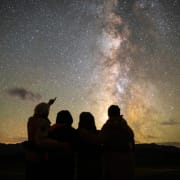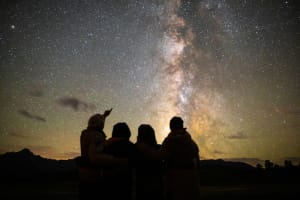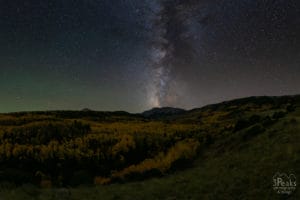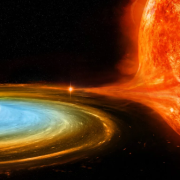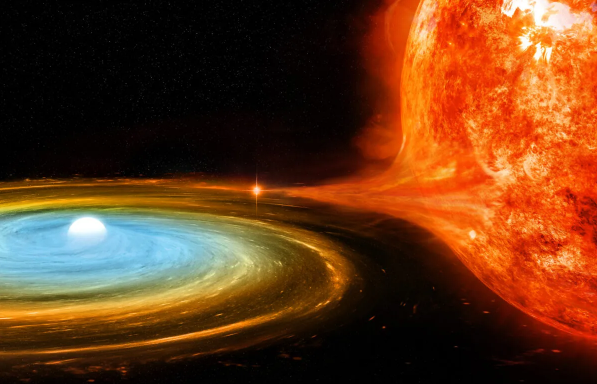Why Stargazing Matters for Society
Bonding under a starry sky in an age of anxiety, hyperpartisanship, and the attention economy
If you’re debating whether to spend two months’ salary to go on a guided Ayahuasca retreat in Costa Rica, try just spending a couple of evenings stargazing at a Dark Sky site first.
The second annual Lake City Star Fest in June of 2024 was my first stargazing festival. Due to the constraints of driving an electric car, and my own very marginal travel planning skills, my girlfriend and I arrived at the campground at Lake Fork Earth and Sky Center well after midnight on Saturday.
I woke up groggy, but over the ensuing 36 hours of fascinating astronomy presentations, camaraderie, and stargazing, my appreciation for the vastness of our universe would be greatly strengthened.
The right to stargaze is only one reason our work at DarkSky Colorado matters. Yet nothing makes the importance of our work more clear than looking up at our beautiful and incomprehensibly vast home galaxy.
The afterglow from an evening of stargazing leaves you feeling grounded in a way you might have forgotten was possible.
“Oh, hello, Sanity. I didn’t realize you had left, and now I remember how much I like you.”
We spend a lot of our time stooped over tiny touchscreen devices we call “phones,” even though we rarely use them to make calls. We masochistically doomscroll, squabble with people on social media, and nervously perform menial tasks that could often be left undone without consequence to anyone.
The massively profitable tech, news, and entertainment media companies that rely on us to behave this way don’t pay us dividends, salaries, or stipends. But we’re working for them all the same. We allow these companies to noodle with our dopamine, cortisol, and melatonin. And we worry.
And we worry.
But once in a while, we get the chance to look up at something that reminds us how inconsequential our worries are. And rather than tempting us towards nihilism, this makes us realize how precious our lives are, not in spite of, but because of the fact that they’re such a flash in the pan. In the grand scheme of things, we’re not that consequential. So we can worry less. The stars remind us that on this cosmic timeline, we’re only around for an inconceivably short time. It’s pretty important to spend that time loving each other, pursuing happiness, taking risks, nourishing our souls, and occasionally embracing boredom.
We returned to Lake City for the third annual Lake City Star Fest last month. This time, we brought five children and stepchildren ranging in age from nine to sixteen. Not all of them were excited about camping. Sometimes the middle kids in particular can be really blasé. A couple of the kids were disappointed about spending the weekend away from their friends.
But after Saturday’s events, including several astronomy presentations, solar telescope viewing, and particularly stargazing from Slumgullion Pass (!), they we
re like different people.
They were totally enchanted.
When one of the kids who had been least enthusiastic at the outset asked “We’re coming back every year, right?” I knew that the trip had been well worth it. I also gathered from the way the rest of them vigorously nodded their heads that we had a consensus.
At the outset, I expected that the kids would return home a bit more aware of life’s wonders. I didn’t expect them to be outright enchanted—and yet, they were. I certainly didn’t expect them to philosophize about the universe and the meaning of life —and yet, they did, in their own way.
We came home from Lake City at least subtly happier, better grounded emotionally, and more grateful for our lives and one another. And so, I presume, did a couple hundred other people.
If you spend an evening or two under a clear, starry sky—the skies we at DarkSky Colorado work to preserve—you will feel more at ease, and more aware of life’s wonders, than when you arrived.
I promise.
